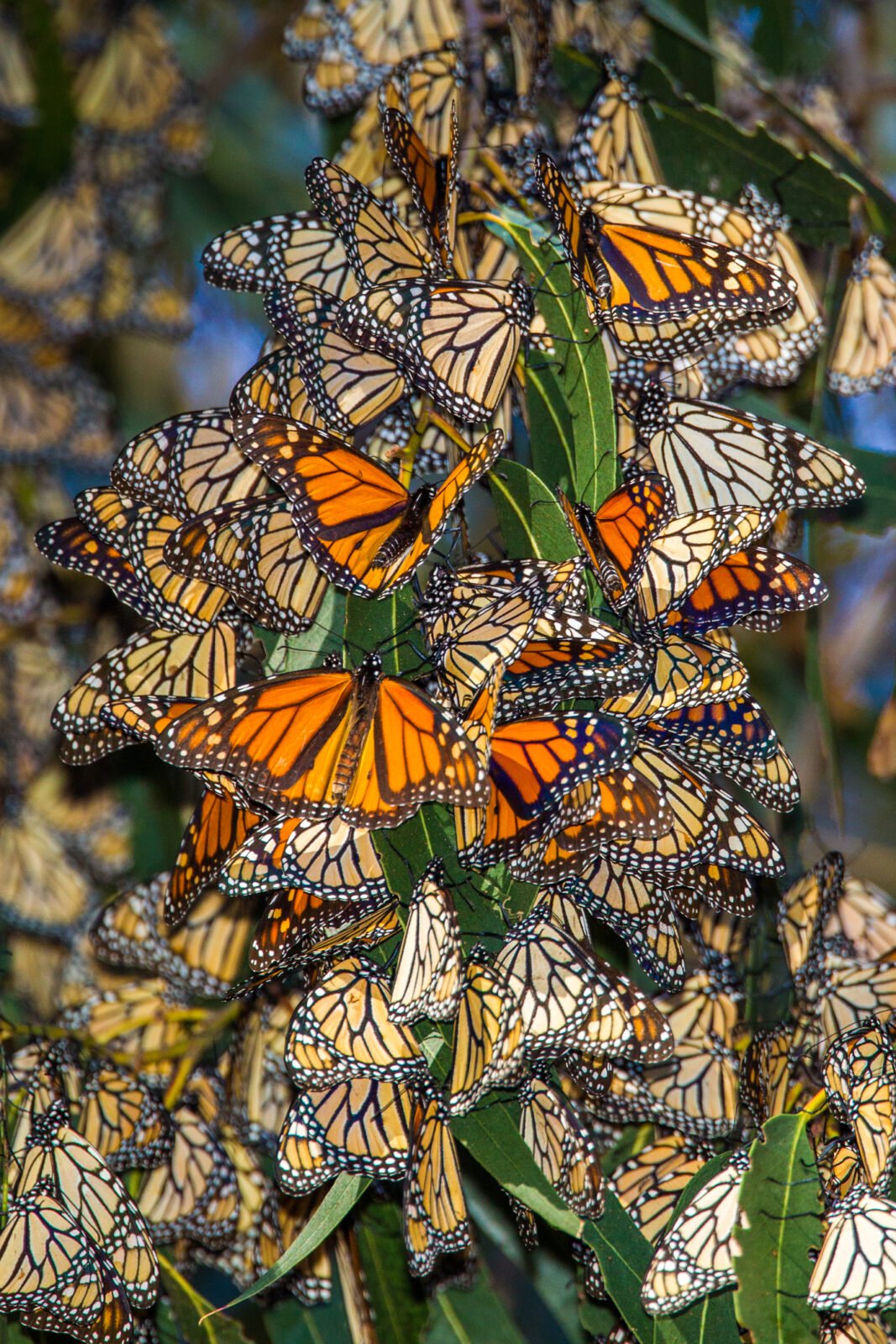
Native News Recap: 2022
Here’s a native news recap looking back at some of the biggest native plant news stories of the...
As earth stewards of our amazing planet, we can appreciate the potential importance of all species to the continued existence of a complex ecosystem. But there are some that stand out and do the heavy lifting. Specific integral species are more important than others to the sustainability of an ecosystem and are called ‘Keystone Species’ – organisms that support the entire ecosystem and stabilize complex, highly connected food webs. According to Douglas Tallamy, famed ecologist/entomologist, just 5% of our native plant genera host roughly 75% of our caterpillar species, which sustain our native bird populations.





Likewise, with the plant kingdom. In the mid-Atlantic region, native Oaks (Quercus), Willows (Salix), Birches (Betula), Black Cherries (Prunus), Pines (Pinus), and Poplars (Populus) are at the top of the list that supports the greatest number of Lepidoptera (butterflies and moths), which in turn feed the birds and other wildlife. And for herbaceous plants – Goldenrods (Solidago), Asters (Aster), perennial Sunflowers (Helianthus), and Joe Pye Weed (Eupatorium) are significant to the food web in supporting many different kinds of insects. As a homeowner and gardener, these are a great planting starting point to transform your backyard into a conservation oasis that provides wildlife habitat. Plant an Oak According to Douglas Tallamy, author of Bringing Nature Home, Oaks (Quercus) are the number one tree that supports the most insect biodiversity, supporting up to 557 Lepidoptera species. There are a variety of Oaks native to different parts of the country that you could choose from. A handy reference is Field Guide to Native Oaks in Eastern North America. Oaks are also called ‘mast trees’ which is simply a tree that forms acorns or other nuts and these further sustain wildlife as an essential food. Working as a landscape designer, when a client wants a tree planted, they usually focus on a spring flowering one, such as a Japanese Weeping Cherry (Prunus sp.) or Bradford Pear (Pyrus calleryana), which support a fraction of insect species that an Oak does. And in the case of the Bradford Pear, it has invaded wild areas and taken over to the detriment of native species. Instead, I always suggest for longevity and wildlife importance one of the native oaks, like a White Oak (Quercus alba), Willow Oak (Quercus phellos), Red Oak (Quercus rubra) or Pin Oak (Quercus palustris). Extended fall colors are a plus for these trees, long after the maples have dropped their colorful leaves. Another beautiful large tree that is important to insects are Maples (Acer) at supporting 285 Lepidoptera species. Sugar Maple (Acer saccharum), one of my favorites, has a blazing red, yellow, burnt orange fall color and is the iconic tree used for collecting sap for maple syrup. Needing plenty of room, Sugar Maples light up the fall landscape. Another good choice – Birch (Betula) trees support 413 Lepidoptera species and the River Birch (Betula nigra) which I grow, has wonderful exfoliating bark for all season interest.
Many of us have only a small piece of property or maybe just some containers on a patio. Perennials are the solution to provide the most benefit to wildlife and pollinators. Small shrubs will work also, like Blueberries (Vaccinium) or Chokeberries (Aronia). Black Eyed Susan (Rudbeckia), Aster (Aster), Phlox (Phlox), Milkweed (Asclepias), and Bee Balm (Monarda) plantings would create a long blooming oasis in pots that would attract and nourish a host of insects.

Many people only plant annuals, ignoring perennial choices, in their containers, but perennials will come back every year with little care in pots. Not blooming as long as annuals, choose perennials with different blooming times that will flower all season long. Anise Hyssop (Agastache) blooms for weeks in a container and I watch a constant parade of butterflies and other natives visit the blooms for weeks in mid to late summer from my patio.
Diversity is the key here. Include a broad array of plants to attract beneficial (helpful) insects and pollinators to your garden, preferably planted in blocks or groups. A mass of same species of about 3’ by 3’ provide a target for pollinators to head to. Food, shelter, and water are important to create a welcoming and healthy ecosystem to your yard and keystone species give you the most ‘bang for the buck’. Shop our Keystone Species to ensure your garden supports strong food webs!
Claire is a horticulturalist and landscape design consultant. Owner of Claire Jones Landscapes, LLC, Claire’s designed gardens have been featured in print publications like WSJ and Style Magazine. A garden writer at The Garden Diaries, Claire maintains 3 honeybee hives and gardens at her home in Maryland.

Here’s a native news recap looking back at some of the biggest native plant news stories of the...
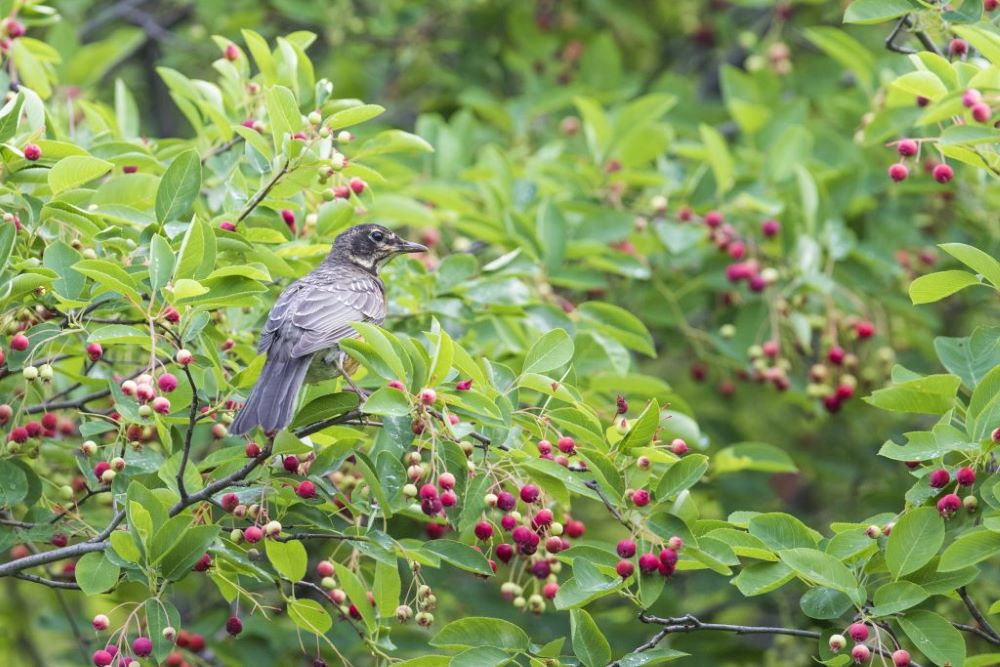
In the past we have emphasized the importance of keystone species in supporting bird populations,...
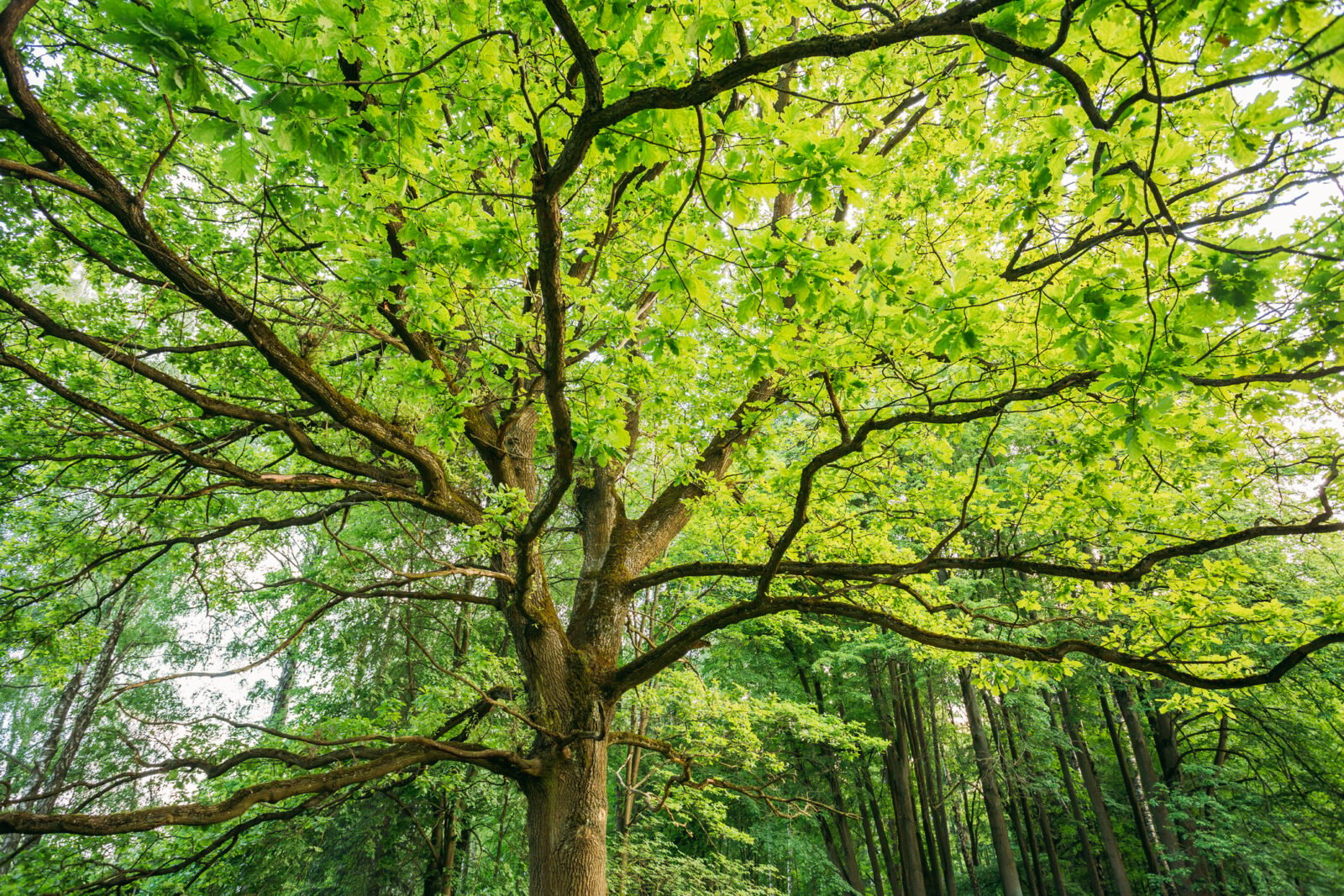
Perennials are the stars of most gardens, and no wonder! They provide a variety of shapes and col...
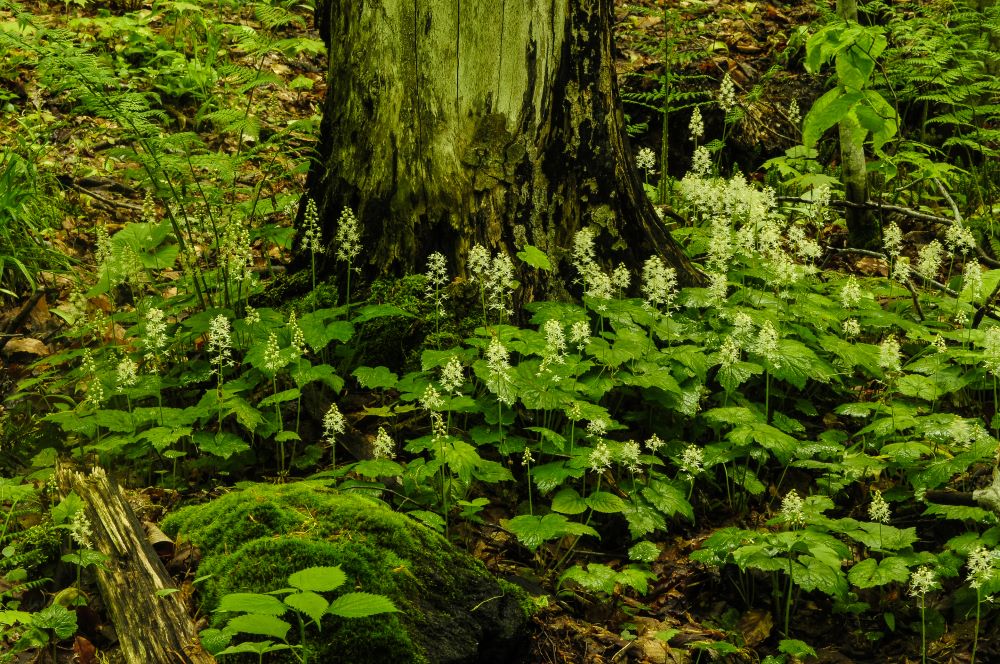
These native ground covers for shade make a perfect living mulch by holding in moisture, keeping ...
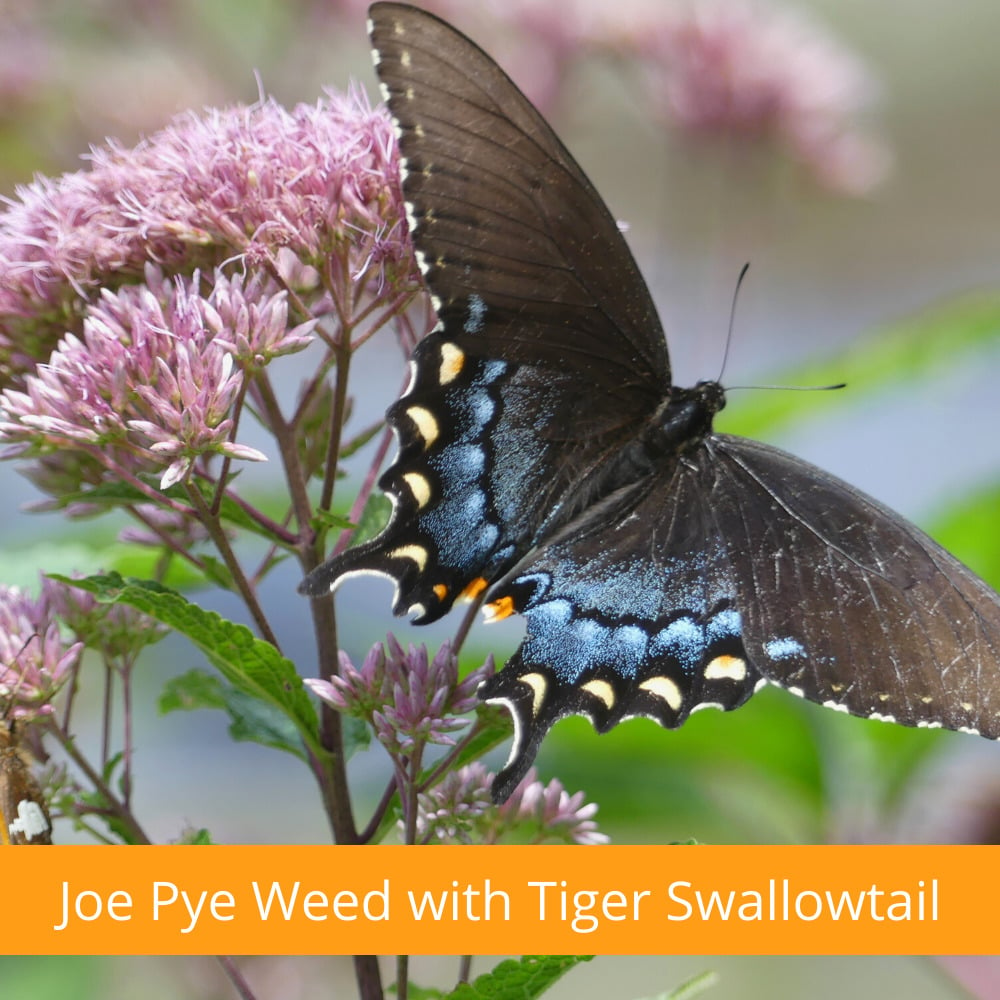
Gardening is ‘In’! Over the past two years gardening has suddenly become very popular with pe...
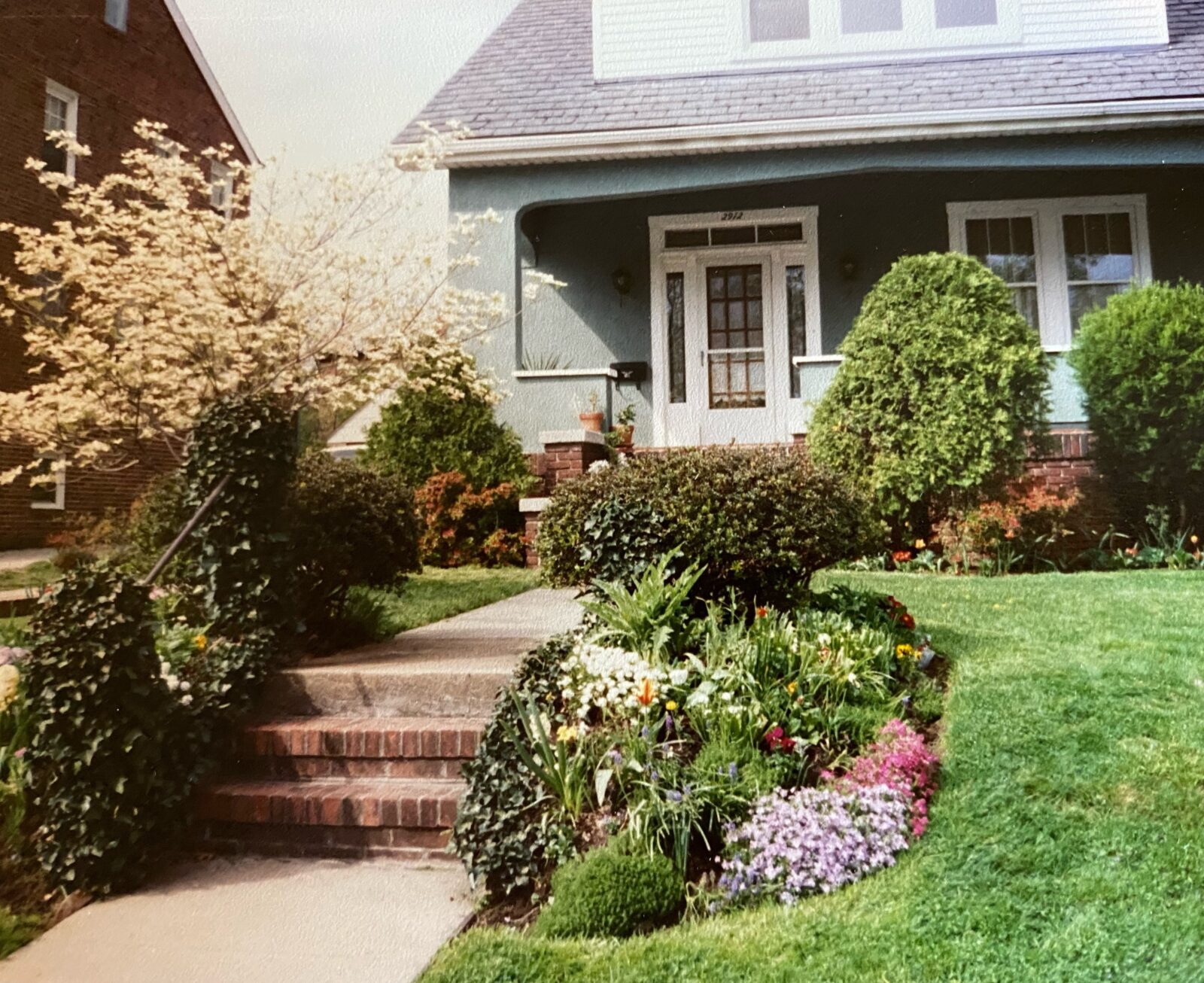
Mothers give us so much, but sometimes it takes a while for us to appreciate the gifts that we ca...
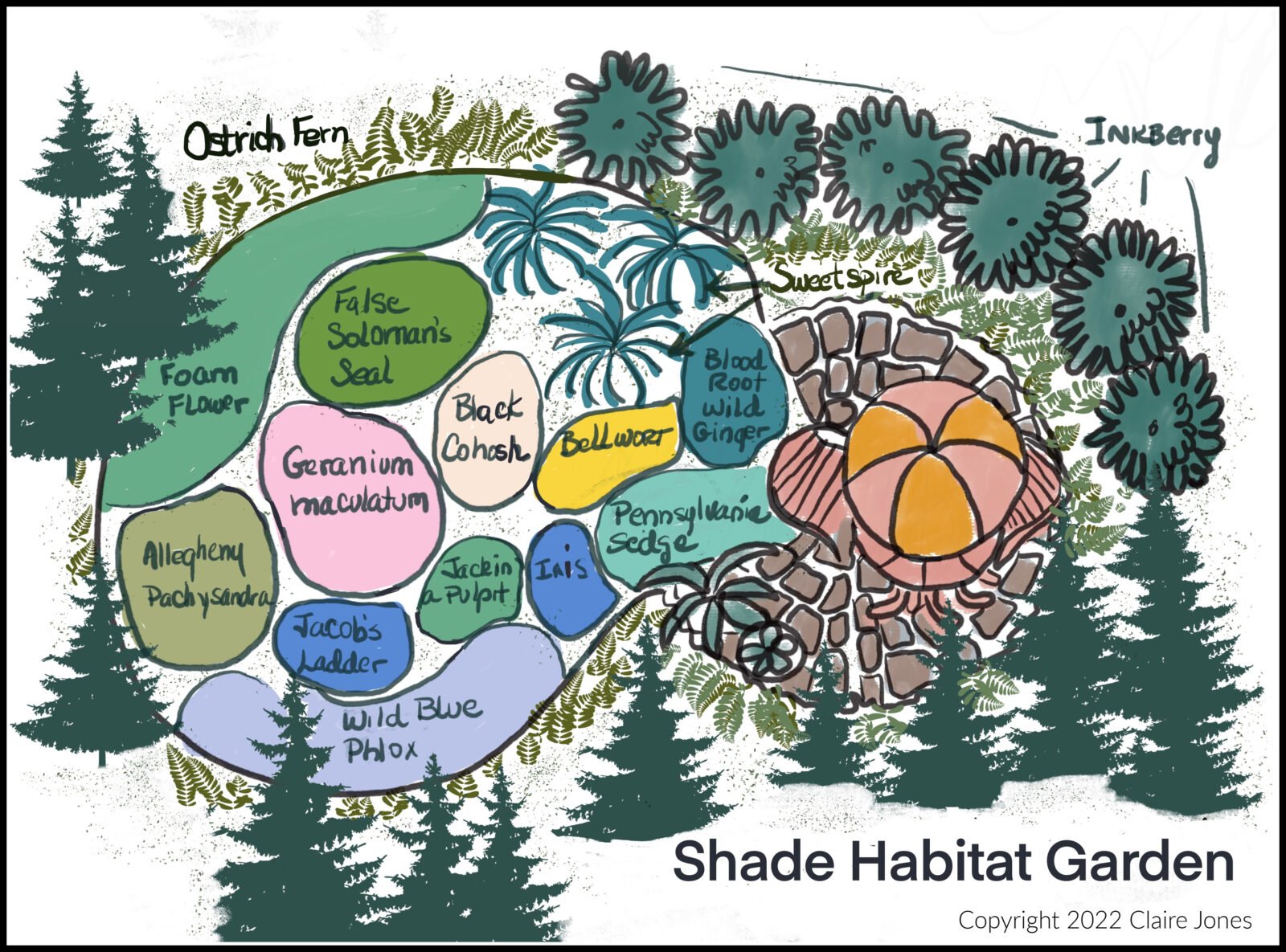
This is the second part of my Habitat Heroes Design series. The first part was a sunny garden of ...
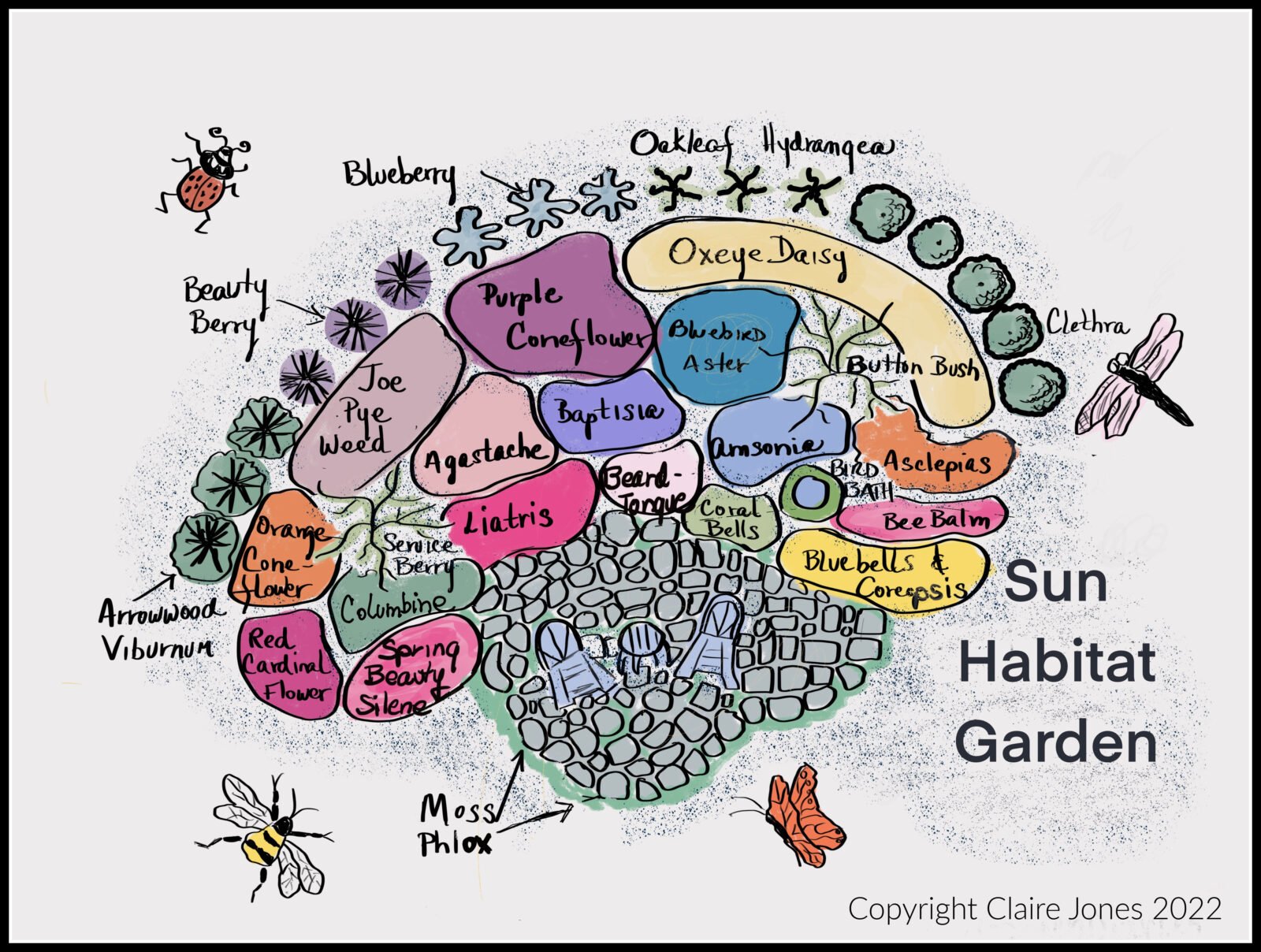
This blog post will cover how to design and install a Sunny “Habitat Hero Garden” with native...
Now Shipping for Spring 2024!